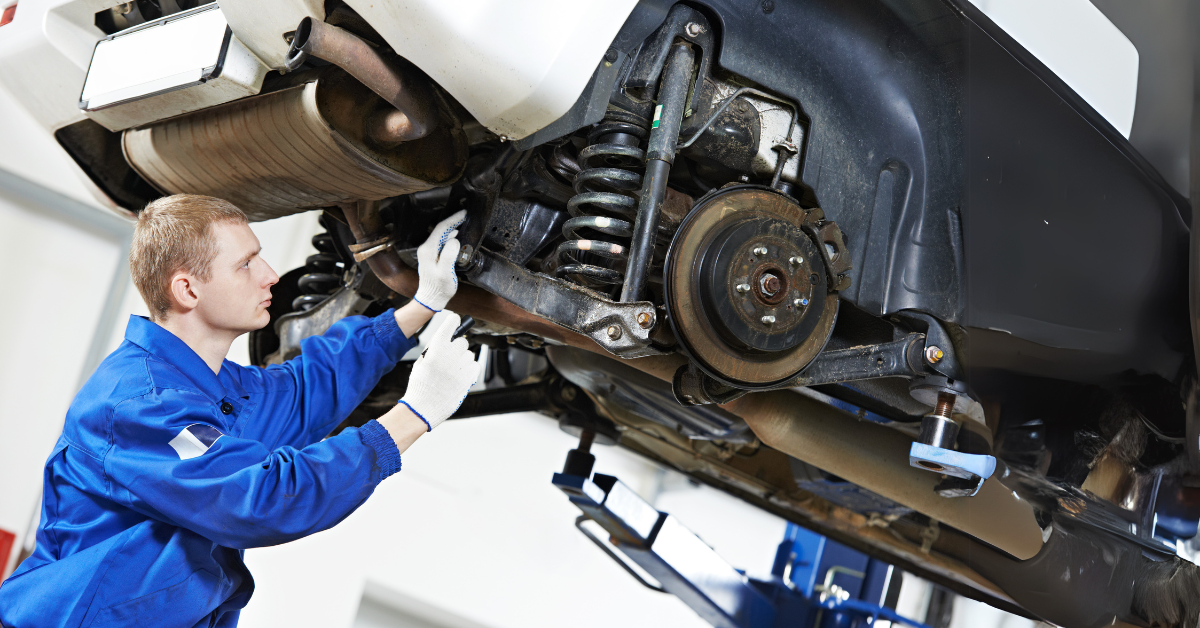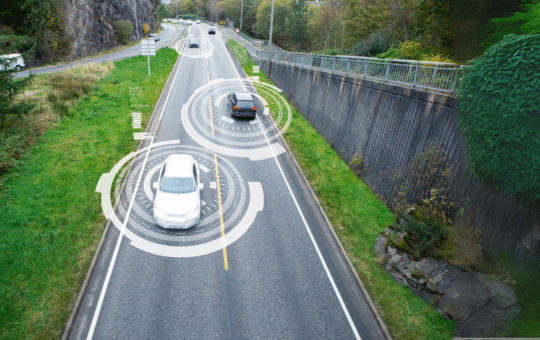
Level 2 Award in Automotive Suspension and Steering Systems
- Develop a solid understanding of suspension and steering systems in vehicles.
- Learn how to troubleshoot and repair common issues in suspension and steering.
- Build hands-on skills in automotive diagnostics and maintenance.
- Gain industry-relevant knowledge for roles in automotive repair and service.
- Understand the principles of suspension and steering systems.
- Identify the key components and their functions within the suspension and steering systems.
- Learn how to diagnose and repair common faults in suspension and steering systems.
- Explore the relationship between suspension systems and vehicle performance.
- Introduction to Suspension Systems
- Overview of suspension types (e.g., independent, MacPherson strut, multi-link).
- Function of suspension systems in vehicle handling, comfort, and safety.
- Steering Systems Fundamentals
- Components and operation of manual and power steering systems.
- Understanding steering linkages, rack and pinion, and steering angles.
- Suspension and Steering System Components
- Springs, shock absorbers, ball joints, control arms, and bushings.
- The role of each component in ensuring vehicle stability and comfort.
- Troubleshooting and Repairing Suspension and Steering Issues
- Identifying common faults, such as misalignment, worn-out components, and noise.
- Techniques for diagnosing problems and performing repairs.
- Progress to Level 3 or Level 4 courses in advanced automotive systems.
- Work as a vehicle technician, mechanic, or automotive service advisor.
- Specialize in suspension and steering repair, with opportunities in service centers, dealerships, or independent workshops.
- Practical Knowledge: Emphasis on hands-on training and real-world applications.
- Industry-Relevant Content: Stay up-to-date with the latest developments in suspension and steering technologies.
- Expert Instructors: Learn from professionals with extensive experience in automotive systems.
- Globally Recognized Certification: Gain a qualification valued by employers in the automotive industry.
Study Units
- Introduction to Suspension Systems
- Overview of suspension types (e.g., independent, MacPherson strut, multi-link).
- Function of suspension systems in vehicle handling, comfort, and safety.
- Steering Systems Fundamentals
- Components and operation of manual and power steering systems.
- Understanding steering linkages, rack and pinion, and steering angles.
- Suspension and Steering System Components
- Springs, shock absorbers, ball joints, control arms, and bushings.
- The role of each component in ensuring vehicle stability and comfort.
- Troubleshooting and Repairing Suspension and Steering Issues
- Identifying common faults, such as misalignment, worn-out components, and noise.
- Techniques for diagnosing problems and performing repairs.
Upon completing this award, learners will:
- Understand the principles of suspension and steering systems.
- Identify the key components and their functions within the suspension and steering systems.
- Learn how to diagnose and repair common faults in suspension and steering systems.
- Explore the relationship between suspension systems and vehicle performance.
This award is ideal for individuals who wish to gain a deeper understanding of automotive suspension and steering systems. It’s tailored for:
Aspiring Automotive Technicians
Individuals looking to start or advance their careers in automotive repair, focusing on suspension and steering systems.
Current Mechanics and Service Technicians
Those who wish to specialize in suspension and steering repairs or improve their diagnostic and troubleshooting skills.
Automotive Enthusiasts
Car enthusiasts interested in learning more about the technical aspects of vehicle handling and performance.
Vocational Students
Students who wish to pursue careers in automotive services, offering them essential knowledge for working in repair shops, dealerships, or service centers.
Professionals Seeking Specialization
Automotive workers who want to specialize in suspension and steering repairs to enhance their career prospects within the industry.
Our assessment process is designed to ensure every learner achieves the required level of knowledge, skills, and understanding outlined in each course unit.
Purpose of Assessment
Assessment helps measure how well a learner has met the learning outcomes. It ensures consistency, quality, and fairness across all learners.
What Learners Need to Do
Learners must provide clear evidence that shows they have met all the learning outcomes and assessment criteria for each unit. This evidence can take different forms depending on the course and type of learning.
Types of Acceptable Evidence
Assignments, reports, or projects
Worksheets or written tasks
Portfolios of practical work
Answers to oral or written questions
Test or exam papers
Understanding the Structure
Learning outcomes explain what learners should know, understand, or be able to do.
Assessment criteria set the standard learners must meet to achieve each learning outcome.
Assessment Guidelines
All assessment must be authentic, current, and relevant to the unit.
Evidence must match each assessment criterion clearly.
Plagiarism or copied work is not accepted.
All learners must complete assessments within the given timelines.
Where applicable, assessments may be reviewed or verified by internal or external quality assurers.
Full learning outcomes and assessment criteria for each qualification are available from page 8 of the course handbook.
Top Courses
No results found.
Related Courses
Let's Get in touch
Deleting Course Review
Course Access
This course is password protected. To access it please enter your password below:



